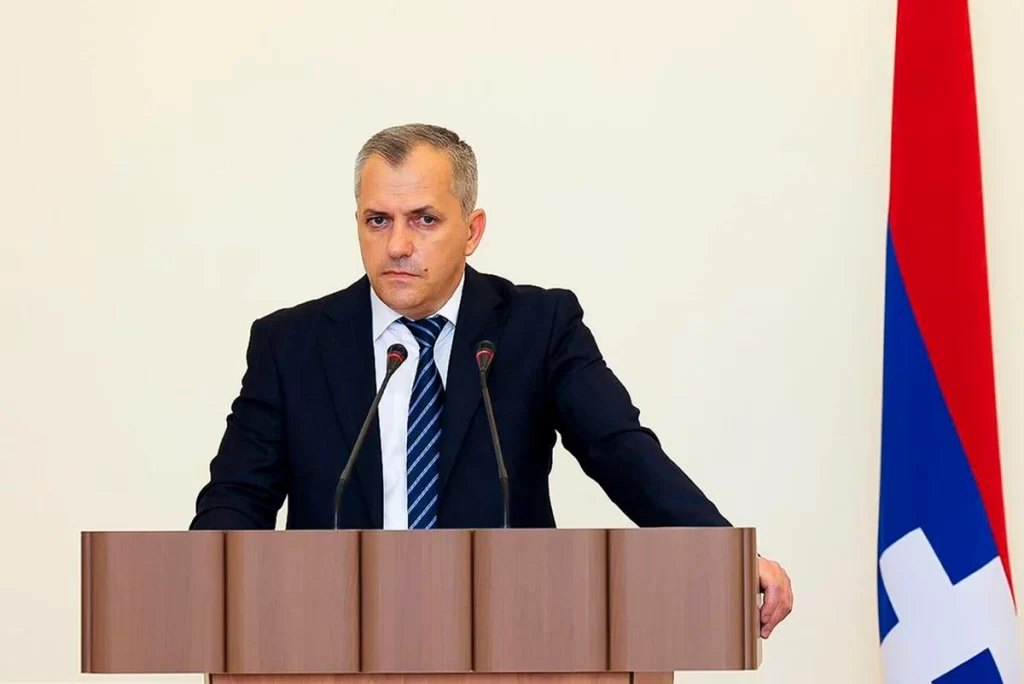
In a significant and unexpected move, the President of ethnic Armenians in Nagorno-Karabakh, Samvel Shahramanyan, issued a decree on Thursday announcing the dissolution of the self-proclaimed republic. The decree, shared on Facebook by the “Republic of Artsakh” government, calls for the dissolution of all state institutions and organisations in Nagorno-Karabakh, an entity not recognized internationally, by January 1, 2024.
“The Republic of Nagorno-Karabakh (Artsakh) ceases its existence,” declared the decree, which has sent shockwaves through the region and the international community.
President Shahramanyan explained that this decision was made “due to the current difficult military-political situation” in Nagorno-Karabakh. He cited the imperative of prioritising the physical security of the region’s inhabitants and the agreements reached with Azerbaijan. These agreements focus on enabling the “free, unconstrained, and unhindered passing of the population of Nagorno-Karabakh, including the militants who laid down their weapons, with their property and transportation means through the Lachin corridor.”
In recent days, over half of Nagorno-Karabakh’s ethnic Armenian population has fled the enclave for Armenia following a military offensive launched by Azerbaijan. The Azerbaijani military had announced that it had retaken full control of the breakaway region just last week.
The dissolution of Nagorno-Karabakh represents a historic turning point in a long-standing and deeply rooted conflict between Armenia and Azerbaijan over the region. The enclave had declared independence from Azerbaijan in the early 1990s, leading to a protracted war and an unresolved status dispute.
The sudden decision to dissolve the self-proclaimed republic has left many questions unanswered, including the fate of the region’s population, the disposition of its territories, and the impact on the broader geopolitical landscape in the South Caucasus.
The international community is closely monitoring the situation, with regional and global powers assessing the implications of this unexpected development for the ongoing conflict and the prospects for peace in the region.


